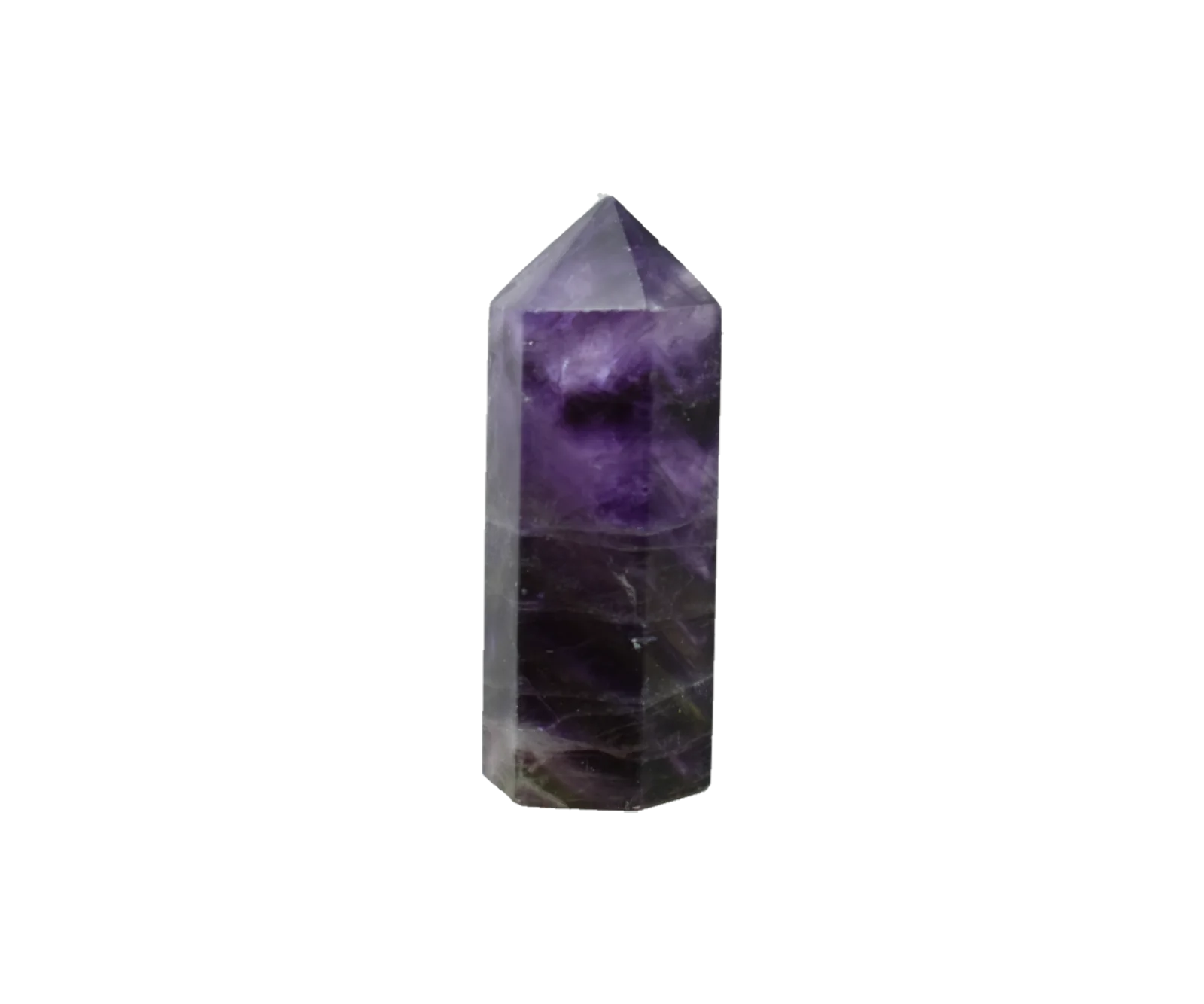Introduction
Fluorite, also called fluorine or spatofluor, is a mineral composed of calcium fluoride (CaF2) and is the most important mineral belonging to the fluorinated family. It is a very common mineral in nature and has an extreme variety of colors. Its colors can vary from white, yellow, green, blue, red, pink, purple, lilac, champagne to brown.
It is not known what the name fluorite comes from. The two plausible derivations are: from the Latin fluere, which means to flow, due to the low melting point of this mineral and its use as a flux in the metallurgical industry, or from the name given by the English miners of the Middle Ages who called fluorite mineral flower for her beauty.
In nature it is found in hydrothermal veins as a filler mineral in the cavities present inside the rocks, forming even very large crystals, it can also be found in the druze and cracks of limestone rocks, in fractures of rocks rich in silica or inside sedimentary rocks.
Curiosity
Fluorite was already known in ancient times by Greeks, Romans and Egyptians. The latter used it for the creation of multicolored vases, statues and sacred sculptures.
The Romans believed that drinking from a goblet of fluorite had the same effect given by the Amethyst: avoiding all forms of intoxication.
Often this gem was also used for the creation of artifacts, jewelry and amulets. 
Fluorite tip
The phenomenon of fluorescence in fluorite
Fluorite, when illuminated with ultraviolet light, emits an intense brightness. This property, called fluorescence, is also observable in other minerals and takes its name from fluorite as the phenomenon was observed for the first time in a crystal of this mineral. 
Octahedron of Fluorite
Crystalline Dress
The structure of fluorite is very simple, the calcium ions are arranged according to a cubic lattice with faces centered in the Ca2 + ions, while the fluorite ions F− are located inside the tetrahedral cavities. Fluorine thus has a 4 (tetrahedral) coordination, while calcium has an 8 (cubic) coordination.
Where is it?
Fluorite is a very common mineral on earth. Important deposits are found in Switzerland, Brazil, Norway, USA, Canada, Great Britain, France, Germany, USA, Spain, Russia, Bulgaria, Mexico, Morocco, Namibia and Madagascar.
In Italy, fluorite deposits are found in the province of Bolzano, the province of Bergamo, Val Trompia (Brescia and Trento), the Bergamo and Brescia Alps, Veneto, Tuscany, Lazio and Sardinia (Annibale Mottana et al., 1977)
Property
- Class of Minerals: Halides (Floruri)
- Crystalline group: Monometric
- Crystalline system: Cubic
- Chemical formula: CaF2
- Hardness (Mohrs): 4
- Density: 3.13 g / cm3
Uses
Fluorite in the past was used largely for the production of glazes. Today, however, it is used in metallurgy as a flux, especially for the production of steel. In order to be used in metallurgy, it must have a low sulfur content (less than 0.3%) and copper. It is used for the preparation of hydrofluoric acid.
In the past, in optics, it was used for the manufacture of particular lenses and prisms due to its low refractive index, today it has been replaced by synthetic fluorite crystals.
Metaphysical angle
Those who use Fluorite for its pseudotherapeutic effects believe that it increases mental abilities and helps organize and process information, and also facilitates clarity and mental stability in chaotic situations.
Bibliography
Annibale Mottana, Rodolfo Crespi, Giuseppe Liborio, Minerals and rocks (1977) Mondadori Editore Font-Altaba and A. Macrì, Tables of Mineralogy (1967) CEGiunti Bemporad Marzocco
Rupert Hocleintner, Guide to Minerals (2017) Rich editor